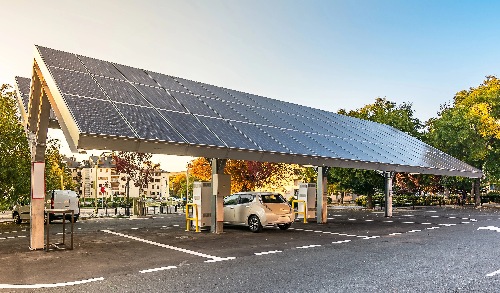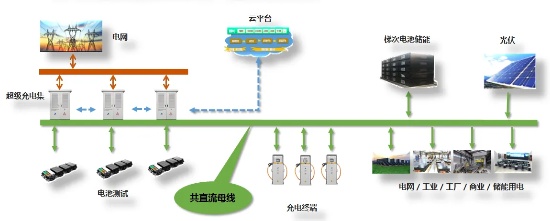Electronic Components Supplier | Transformers, Inductors, Inverters
Introduction
Energy storage systems (ESS) are revolutionizing the way we generate, store, and consume electricity. As renewable energy sources like solar and wind become more prevalent, the need for efficient energy storage solutions has never been greater. This article explores the latest advancements, benefits, and market trends in energy storage systems, providing insights for businesses and homeowners looking to adopt this cutting-edge technology.
Why Energy Storage Systems Are Essential
The global shift toward clean energy has highlighted the limitations of traditional power grids. Solar panels and wind turbines generate electricity intermittently, making energy storage crucial for maintaining a stable power supply. ESS allows excess energy to be stored and used when demand is high or generation is low, reducing reliance on fossil fuels and enhancing grid resilience.

Key Benefits of Energy Storage Systems
- Grid Stability & Reliability – ESS helps balance supply and demand, preventing blackouts.
- Cost Savings – Storing energy during off-peak hours reduces electricity bills.
- Renewable Integration – Enables higher adoption of solar energy storage and wind power.
- Emergency Backup – Provides power during outages, ensuring uninterrupted supply.
- Reduced Carbon Footprint – Supports sustainable energy by minimizing fossil fuel dependence.
Latest Trends in Energy Storage Technology
The energy storage industry is evolving rapidly, with innovations driving efficiency and affordability. Here are the hottest trends in 2024:
1. Lithium-Ion Batteries Dominate the Market
Lithium-ion remains the leading battery storage technology due to its high energy density and declining costs. Companies like Tesla and LG Chem are advancing home energy storage solutions, making them more accessible.
2. Solid-State Batteries – The Next Big Thing
Solid-state batteries promise higher safety, faster charging, and longer lifespans. Major automakers and tech firms are investing heavily in this breakthrough for electric vehicles (EVs) and grid storage.
3. Flow Batteries for Large-Scale Storage
Vanadium redox flow batteries are gaining traction for industrial and utility-scale applications due to their scalability and long cycle life.
4. AI & Smart Energy Management
Artificial intelligence optimizes energy storage systems by predicting demand patterns and automating energy distribution, maximizing efficiency.
Applications of Energy Storage Systems
ESS is transforming multiple industries:
1. Residential Energy Storage
Homeowners are adopting solar battery storage to store excess solar power, reducing reliance on the grid and lowering electricity costs.
2. Commercial & Industrial Use
Businesses use ESS to cut energy expenses, manage peak demand charges, and ensure backup power for critical operations.
3. Utility-Scale Storage
Large battery energy storage systems (BESS) support renewable integration, stabilize grids, and replace peaker plants.
4. Electric Vehicles & Charging Infrastructure
EV adoption is driving demand for fast-charging stations with integrated energy storage solutions to manage load and prevent grid strain.

Challenges & Future Outlook
Despite rapid growth, the energy storage market faces hurdles:
- High Initial Costs – Though prices are falling, upfront investment remains a barrier.
- Regulatory Barriers – Policies must evolve to support widespread ESS deployment.
- Recycling & Sustainability – Proper disposal and recycling of batteries are critical for a green energy future.
However, with government incentives and technological advancements, the global energy storage market is projected to grow exponentially, reaching $500 billion by 2030.
Conclusion
Energy storage systems are the backbone of a sustainable energy future. From residential solar battery storage to utility-scale installations, ESS is enabling a cleaner, more reliable power grid. As technology advances, costs decline, and policies improve, energy storage solutions will play an even bigger role in the global transition to renewable energy.






